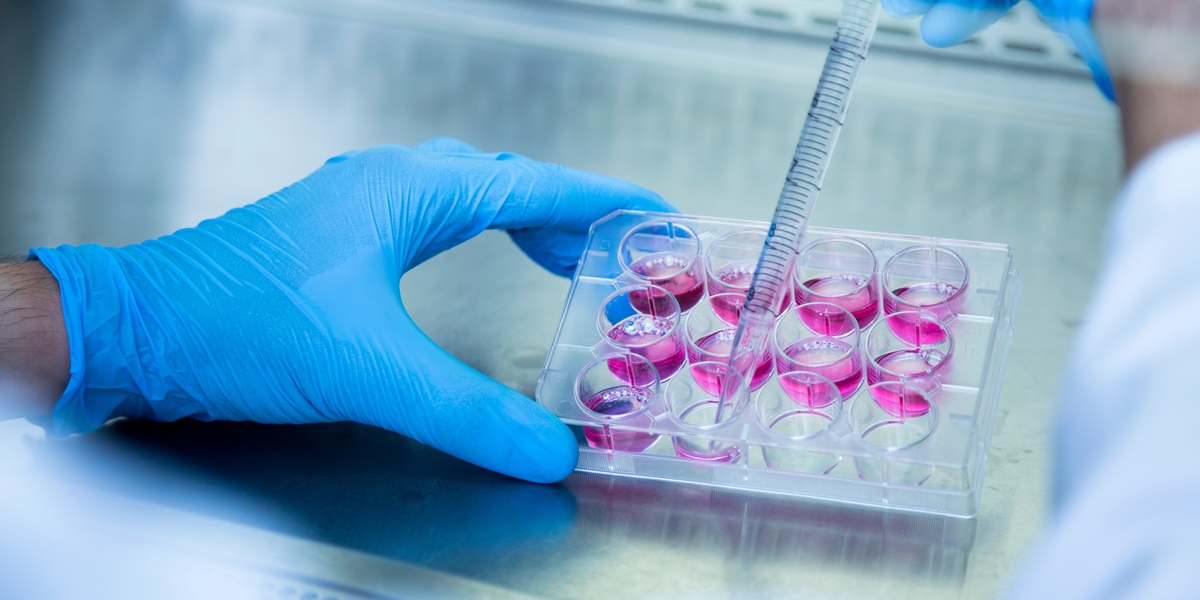
The 2024 #HDBuzz Prize for Young #Science Writers opened this summer. We’ll bring you #HuntingtonsDisease #research articles from the winners through the next few months, sharing fresh voices on HDBuzz. (Trophy not included.)

Moving drugs from the lab bench to pharmacy shelves is no small task. In this article we delve into the role regulatory oversight plays in clinical trials and the approval of medicines for Huntington’s disease.

A CRISPR-based approach called “base editing” is being explored to develop a new potential treatment for Huntington's disease. Editing a single letter in the genetic code with base editing may be the key for delaying HD symptoms, maybe by a decade.

We’re asking for your donation to ensure the continuity of our services. We want HDBuzz to be sustainable so that we can continue to report unbiased science to the HD community.

In 2019, there were ~57 million people living with dementia. By 2050, that number is expected to climb to 153 million. Changes in the 14 factors highlighted here can improve brain health and be applied to Huntington’s disease.

September 25th is Ataxia Awareness Day, so HDBuzz is highlighting the connections between HD and Ataxia research. Learn about how these fields have historically grown in parallel and informed one another.

Although pridopidine has suffered four negative trials for HD, the message from Prilenia continues to be positive. What is hope and what is hype in this sixteen-year quest for regulatory approval?

Exciting new findings using 3D human lab-grown mini brains inform ongoing HTT-lowering trials and suggest that stem cell transplants for HD may improve cell-to-cell communication and reduce disease features.

Read our live tweet compilation from clinical trials and scientific research on Huntington’s disease from Day 4 of the 2024 HDF Milton Wexler Biennial Symposium #HD2024